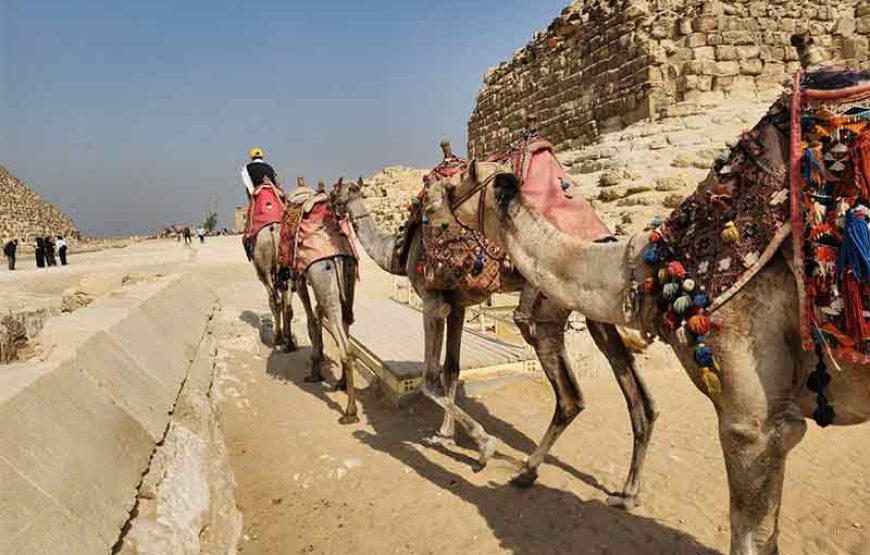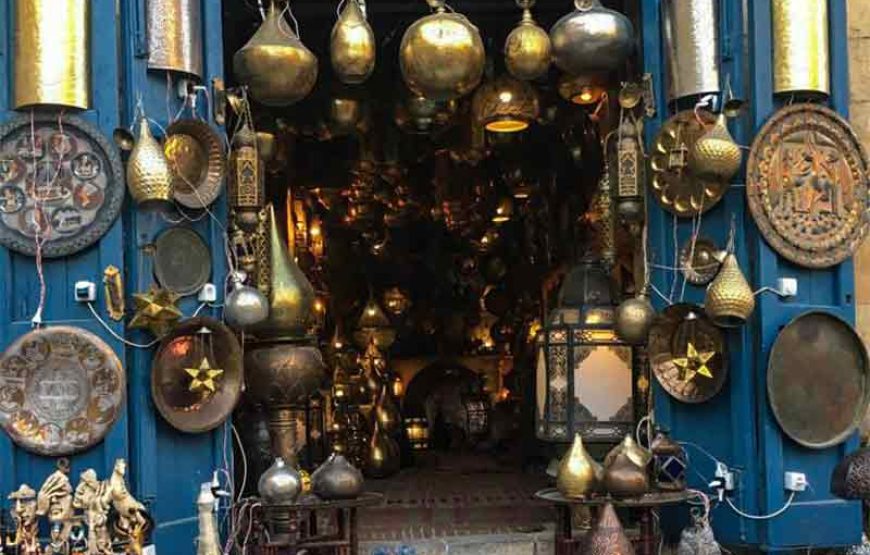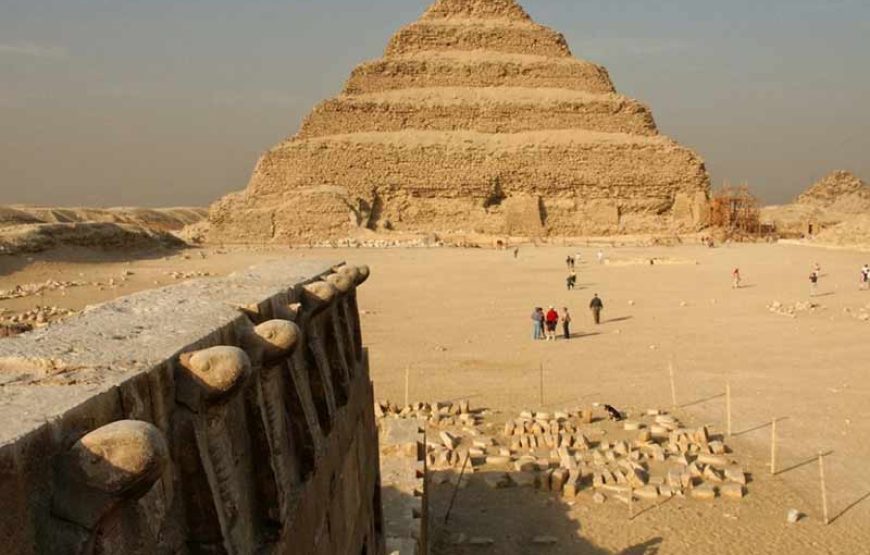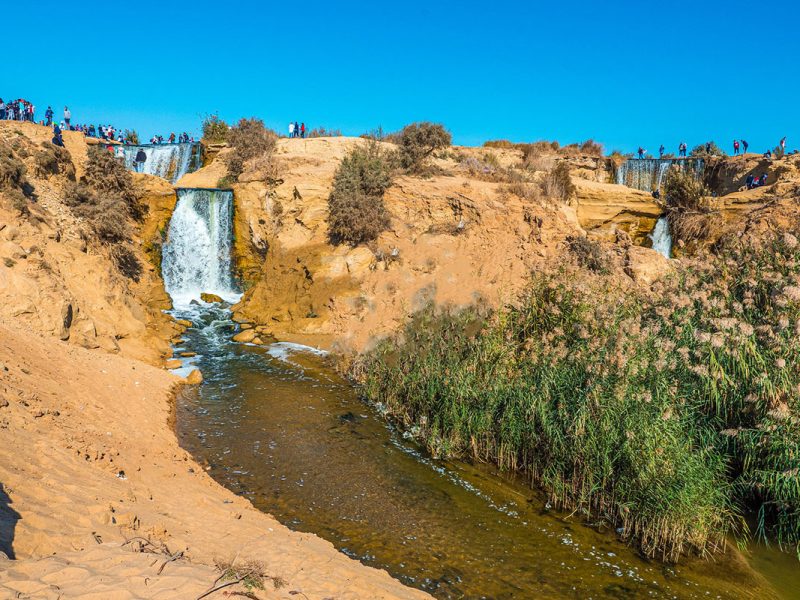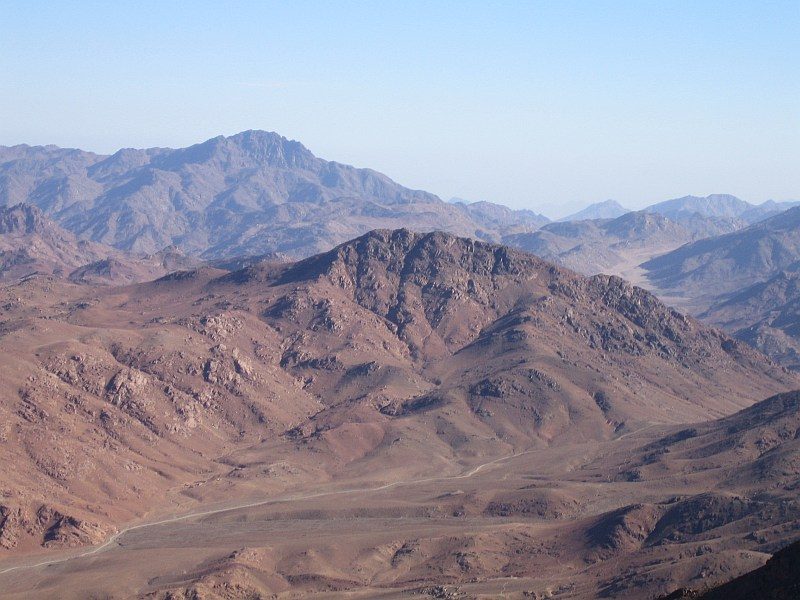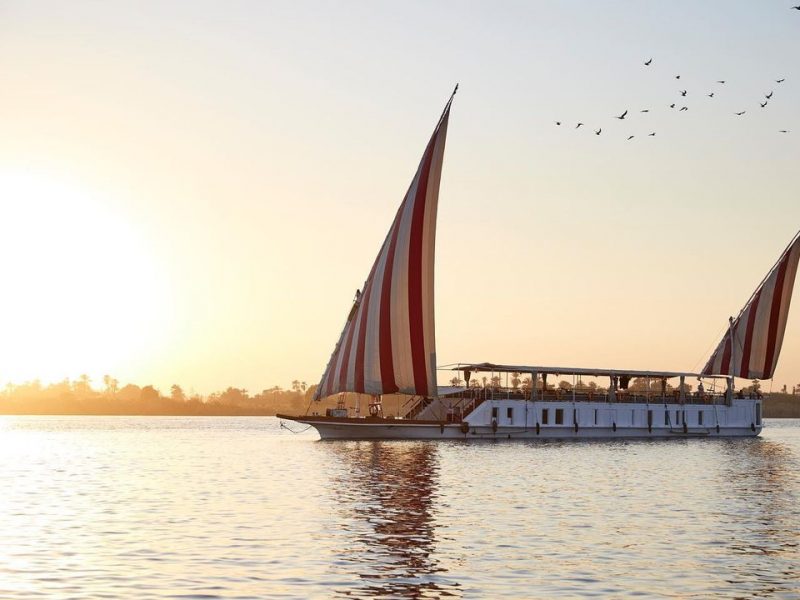After breakfast at the hotel, you will meet your guide and start your pyramid tour in Giza Necropolis to visit
Pyramids of Giza
One of the most mysterious seven wonders of the ancient world (and the only one that still exists.)Then proceeding to witness: Sphinx
Known in Arabic as Abu Al Hol (Father of Terror), this sculpture of a man with the haunches of a lion was dubbed the Sphinx by the ancient Greeks because it resembled their mythical winged monster that set riddles and killed anyone unable to answer them.
Then proceeding to witness: Saqqara (Step Pyramid)
Covering a 7km stretch of the Western Desert, Saqqara, the huge cemetery of ancient Memphis, was an active burial ground for more than 3500 years and is Egypt’s largest archaeological site. The necropolis is situated high above the Nile Valley’s cultivation area, and is the final resting place for deceased pharaohs and their families, administrators, generals and sacred animals. The name Saqqara is most likely derived from Sokar, the Memphite god of the dead.
Titi pyramid
It is entered through a descending corridor that leads to a horizontal corridor, leading to a front room. There are three chambers for storing burial tools on the left, and on the right, on the western side, is the burial chamber whose ceiling is decorated with golden stars on a dark blue background, which reflects the ancient Egyptian idea of the tomb as a microcosm of the universe.
Kagmni Tomb
The Kagmeni Tomb is located east of the Mery Roka cemetery and adjacent to it, and its door opens towards the east. The mastaba consists of seven rooms, most of which are rectangular in shape, all of which are engraved in relief, some of which have excellent views. The first room contains murals, which is a boat made of bundles of papyrus, in which Kamanji stands. The second room contains scenes representing fishing, and below these scenes are inscriptions representing types of fish.
Move on to Discover: MitRahina(Memphis) statue of Ramses II.
The only remaining evidence of Memphis is this noteworthy open-air museum, built around a magnificent fallen colossal limestone statue of Ramses II. Its position on its back gives a great opportunity to inspect the carving up close – even the pharaoh’s nipples are very precise. Its twin is the statue that stood in Midan Ramses in Cairo until 2006 when it was moved to stand guard by the Grand Egyptian Museum construction site.
Then transfer to Cairo Station for your Train to Luxor by car with air conditioning.
Overnight Sitting Train to Luxor
Meals: Breakfast

